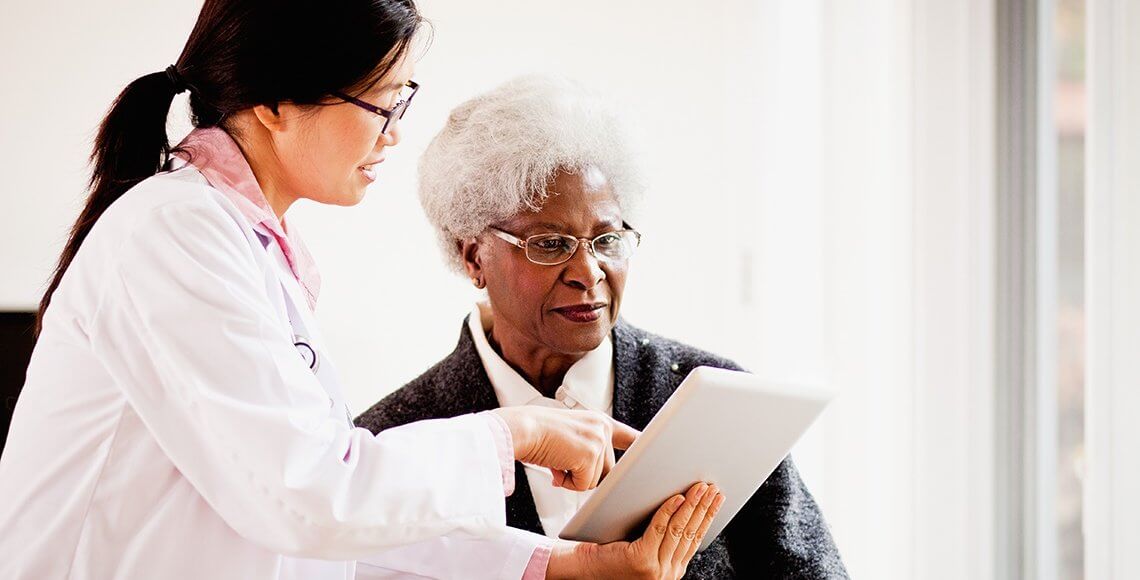
Feb 09, 2018
Seeding a Culture of Health by Spreading Innovative Ideas
 Now that we’re going full throttle on the goals and leading-edge projects of 2018, I’m excited to share with you a few details concerning some important work that accelerated in 2017 and, as a result, promises to continue to bear fruit this year. AARP Public Policy Institute’s Culture of Health initiative is enabling the dissemination of some of the most innovative and usable ideas to foster good health practices in communities across the country.
Now that we’re going full throttle on the goals and leading-edge projects of 2018, I’m excited to share with you a few details concerning some important work that accelerated in 2017 and, as a result, promises to continue to bear fruit this year. AARP Public Policy Institute’s Culture of Health initiative is enabling the dissemination of some of the most innovative and usable ideas to foster good health practices in communities across the country.
As part of our Culture of Health work, we identified a group of community leaders, all over age 50, who are disrupting the health landscapes in their areas with ideas as vast and varied as their personalities. These individuals made it their mission to tackle some of the greatest health-related challenges that communities nationwide are facing, from food deserts, to the lack of access to health care, to the vicious poverty cycle that entraps so many Americans. Yet as deserving of accolades as they are, it is their ideas that demand our attention. That’s where AARP Public Policy Institute comes in—to enable good ideas to spread.
Late in 2017, three of these leaders participated in an AARP Public Policy Institute event at the National Center for Complex Health and Social Needs Conference, where they discussed their innovative programs with peers from other communities around the country. Dubbed a “Beehive” for its informal, interactive nature, the event allowed for a “cross-pollination” of ideas through participant dialogue and Q&A.
Among our Culture of Health leaders discussing their projects was Paul Leon. Struck by the magnitude of the homeless problem in Orange County, California after a friend took him to visit a shelter, Leon got the idea to turn rundown, near-forgotten motels into clean, hospitable recovery facilities for homeless people recently discharged from hospitals. With that concept, Paul started the Illumination Foundation, and the initiative has proven so successful, he’s now busy sharing his knowledge with other communities around the country.
Those who attended the conference also heard from Liz OuYang, a Chinese-American who, after battling breast cancer, created a website, www.plumblossoms.me, for other Asian American women experiencing the trials of the disease. Finally, participants listened intently as Gloria McNeal, dean of the School of Health and Human Services at Los Angeles’s National University, explained how she established nurse-managed clinics at local churches, community centers, and the Salvation Army after seeing that local residents weren’t taking advantage of vans that offered medical services because the van-based approach lacked a direct connection to the community.
You can learn more about the Culture of Health initiative and all the individuals and programs we’ve identified by going here. In the year ahead, I look forward to working with our Culture of Health community leaders to continue broadening the reach of their innovative ideas. We look forward to seeing their work inspire others across the country to follow their lead and strengthen the Culture of Health in their own communities.
Is there a disruptor who’s transforming the Culture of Health for the better where you live? If so, I’d love to know more about what that person’s doing.
Note: This post originally appeared on AARP’s Thinking Policy blog.
